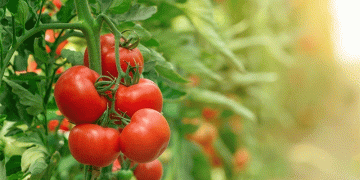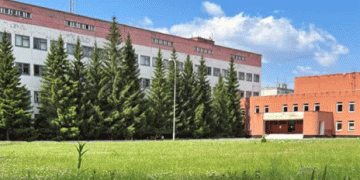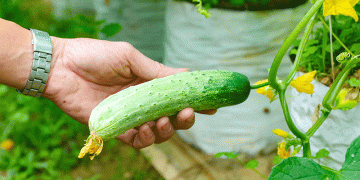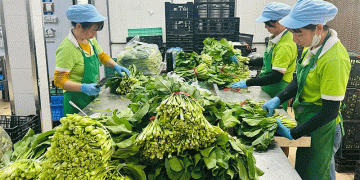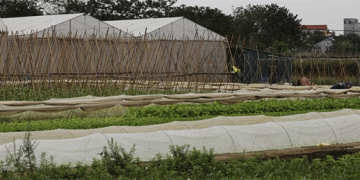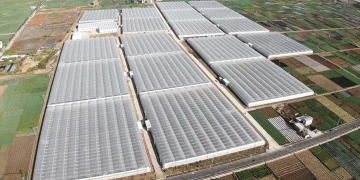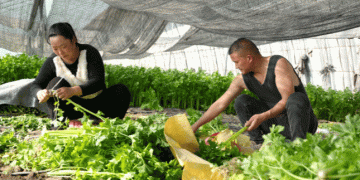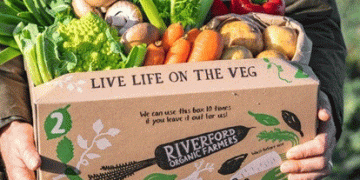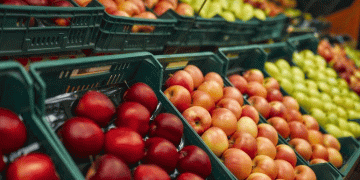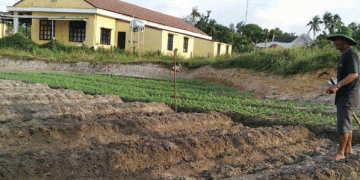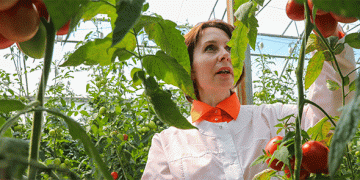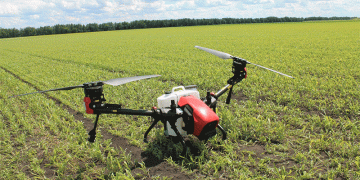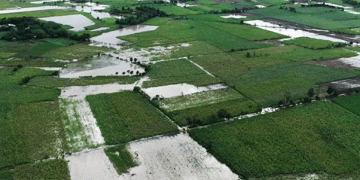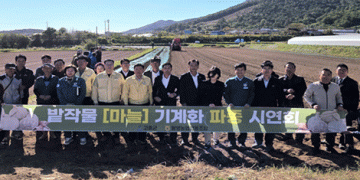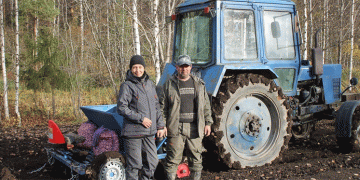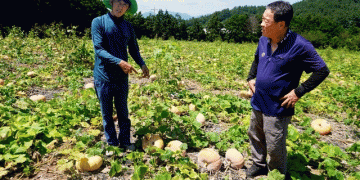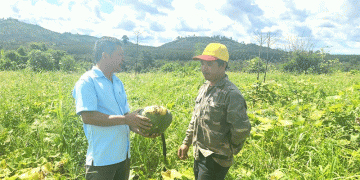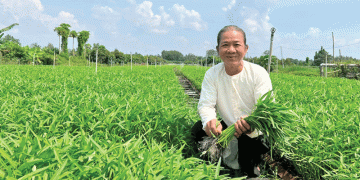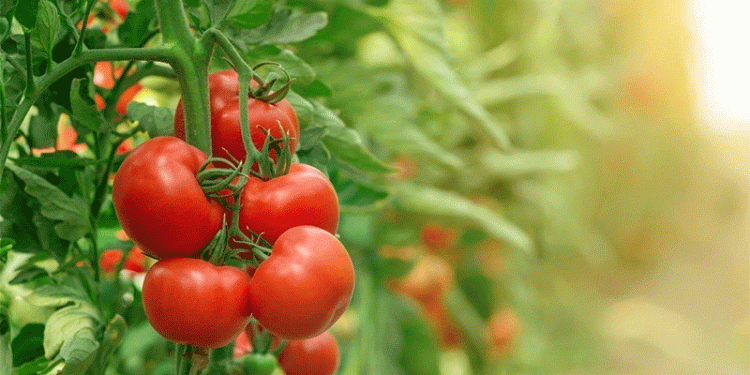Austria’s organic sector continues to thrive, with organic products now accounting for 13% of all food purchases in 2024—a new record. On average, Austrian households spend €340 annually on organic goods, reinforcing the sector’s strong consumer appeal. Overall, the volume of organic food sales grew by 5.5%, while value increased by 3.7% compared to 2023 (Bio Austria, 2024).
Franz Waldenberger, President of the Upper Austrian Chamber of Agriculture, emphasizes: “Consumers are willing to buy more organic—now we must ensure farmers can meet this demand sustainably.”
Challenges for Organic Farmers: Stagnating Premiums and Regulatory Pressures
Despite market growth, many organic farmers struggle with rising costs and stagnant premiums. While conventional crop prices remain high, organic premiums have not kept pace, leaving some farmers undercompensated for their efforts. Additionally, strict regulations and limited subsidies have led to a loss of 1,000 organic producers since 2022.
A major concern is the freeze on new subsidies for conventional farms transitioning to organic practices. Under Austria’s ÖPUL program, only farms already enrolled in eco-schemes can switch to organic subsidies—and even this option expires by the end of 2024.
Magdalena Barth, Chairwoman of BIO AUSTRIA Upper Austria, warns: “The lack of incentives for new entrants is stifling growth just as demand rebounds. Organic farming delivers environmental benefits—this must be better rewarded.”
Regional Spotlight: Organic Farming in Upper Austria
Upper Austria remains a leader in organic production, with:
- 4,513 organic farms (20.3% of all farms)
- 92,310 hectares of organic land (18.6% of agricultural area)
- 55,933 ha organic grassland (27.3% of total grassland)
- 35,640 ha organic cropland (12.3% of arable land)
However, the region saw a 0.9% decline in organic farms and a 0.57% drop in organic land in 2024—highlighting the need for stronger policy support.
Austria Leads Europe in Organic Farming
Despite challenges, Austria remains the EU’s organic champion, with:
- 27% of farmland organic (vs. EU average of 10.9%)
- Top 3 in organic market share (11% of total food sales)
This success stems from decades of strategic subsidies, strict quality standards, and strong farmer networks under BIO AUSTRIA.
Biodiversity: The Next Frontier for Organic Farming
In 2025, BIO AUSTRIA is prioritizing biodiversity, leveraging tools like its Biodiversity Calculator to quantify farmers’ environmental contributions.
“Organic farming isn’t just about healthy food—it’s about protecting ecosystems,” says Barth. “Consumers increasingly recognize this value.”
Balancing Growth and Sustainability
Austria’s organic sector is booming, but policy gaps and economic pressures threaten long-term viability. To maintain leadership, the government must:
✅ Reopen subsidies for new organic farmers
✅ Increase premiums to reflect environmental benefits
✅ Strengthen market incentives for sustainable practices
With the right support, Austria can continue leading Europe’s green farming revolution.
